Tampons, pads, menstrual cups, period underwear, reusable pads. The choices for period products is vast and the innovations in the market are exciting. From organic to reusable there are options that have become more affordable and mainstream.
However, none of these choices are the ultimate solution to what is known as period poverty. Period poverty is commonly defined as “poor menstrual knowledge and access to sanitary products”.
We’ve been working in this space and with local communities for two and a half years and closely watch both the global and national trends in period products. Not one of these products spells the end to the cost, stigma and sometimes shame brought about by periods. Let’s look at each in detail and see where to from here.
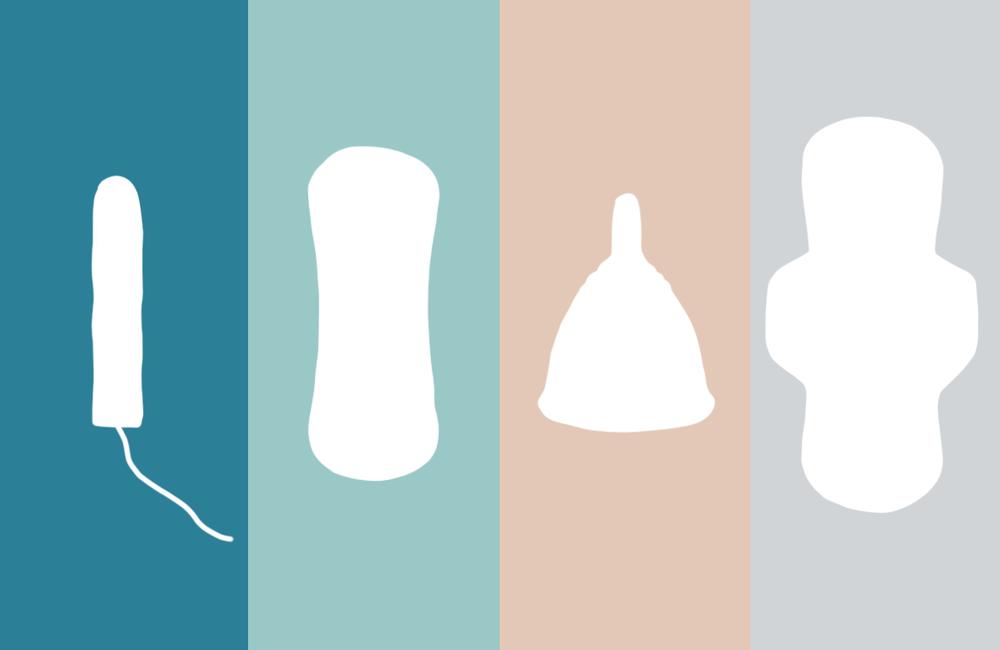
Period Underwear
The original brand Thinx came out with this incredible technology in 2011 and TIME named THINX period panties as one of the best inventions of 2015. Period underwear can hold two tampons worth of blood, worn like regular underwear and after a cold rinse, put into the washing machine. A very practical, well thought out solution to assist with periods.
However, research shows that those with light periods need to change your twice a day, and if your flow is heavy 3-4 times per day. This makes the cost and use less feasible if you are unable to buy many pairs upfront, have access to facilities to change and store discreetly and live in “energy poverty” and are unable to access a washing machine to properly wash each item.
In many cultures it is considered tapu to touch or be near menstrual blood. Despite being an environmental friendly product, the cost and usage requirements may not suit all especially those experiencing period poverty.
Menstrual Cups
An early version of a bullet-shaped menstrual cup was patented all the way back in 1932, by the midwifery group of McGlasson and Perkins and surprisingly early menstrual cups were made of rubber. The first silicone menstrual cup was the UK-manufactured Mooncup in 2001.
The invention of the menstrual cup has provided a sustainable, reusable period product option to those who are comfortable with their bodies and find the right cup to work with their bodies.
There are many arguments in terms of whether TPE or silicon based cups are best, at the end of the day whatever option is chosen it is going to help decrease the environmental impact of sanitary item waste.
The issue still remains of cultural and religious beliefs which have menstruators prefer to use products that do not require insertion. A menstrual cup is not a silver bullet solution to period poverty as this article in The Spinoff explains.
Reusable pads
Reusable pads have become more mainstream thanks to organisations such as Days for Girls. Traditional pads have plastic included in their product makeup and as a side effect have been known to draw more blood, induce heavy flow and heavy cramps. Therefore using material without chemicals or plastic can assist with removing these side effects.
With these products again, on average, they have to be changed every 4 - 7 hours requiring the user to have access to facilities to allow for this, which is often not the case including what is needed for emptying menstrual cups in current school facilities.
The stigma of periods can sometimes exacerbate the issues of sanitation if the user does not feel comfortable placing the items outside to dry and be sterilised by the UV rays.
Tampons and Pads
Tampons and pads have become the most commonly used and advertised period product on the market. These items are disposable and discreet meaning they can easily be used and stored for your convenience.
However these items ultimately end up in landfills, even those that are organic and decompose that is still five years contributing to land waste. Each product is single use and requires to be purchased each cycle. This makes these items costly and sometimes inaccessible when you are in need.
So with all these problems with each different period product, what is the answer?
Where to from here?
The options, technology and innovation in the period products space is exciting and provides hope for the future. No longer do we accept just buying traditional items that sit in a landfill for 500 years, the planet needs our help and period products are a great way to start to lower your waste output.
Above all, we believe with all these options comes the need for choice, education and dignity. What product menstruators choose to use should be left up to them.
The Dignity initiative aims to provide this autonomy and access to choice using the full range of Organic Initiative products. We are proud to have given away 18,551 boxes of organic tampons, pads and menstrual cups to those in need in schools across New Zealand.
What do you think of the options for period products in the market?

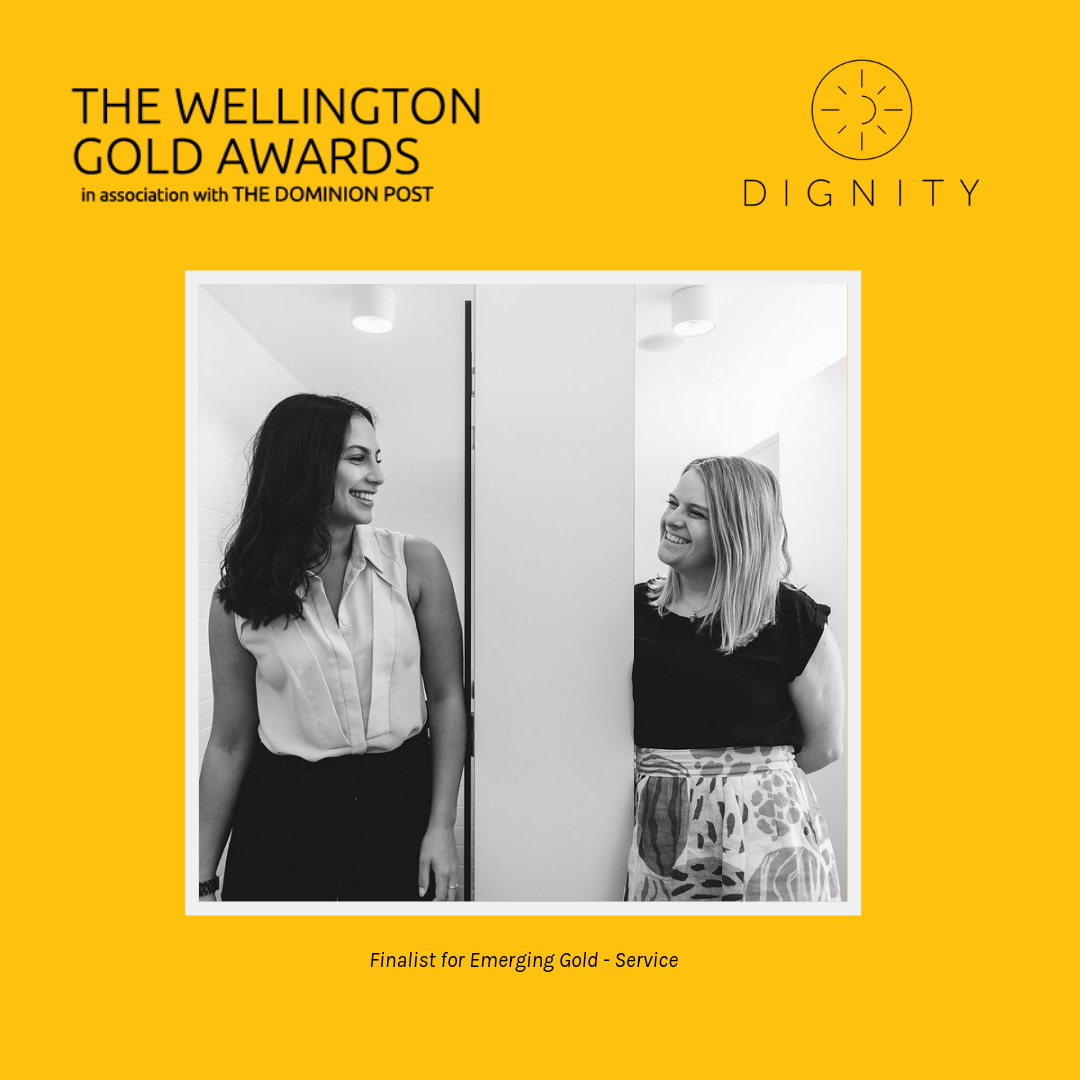
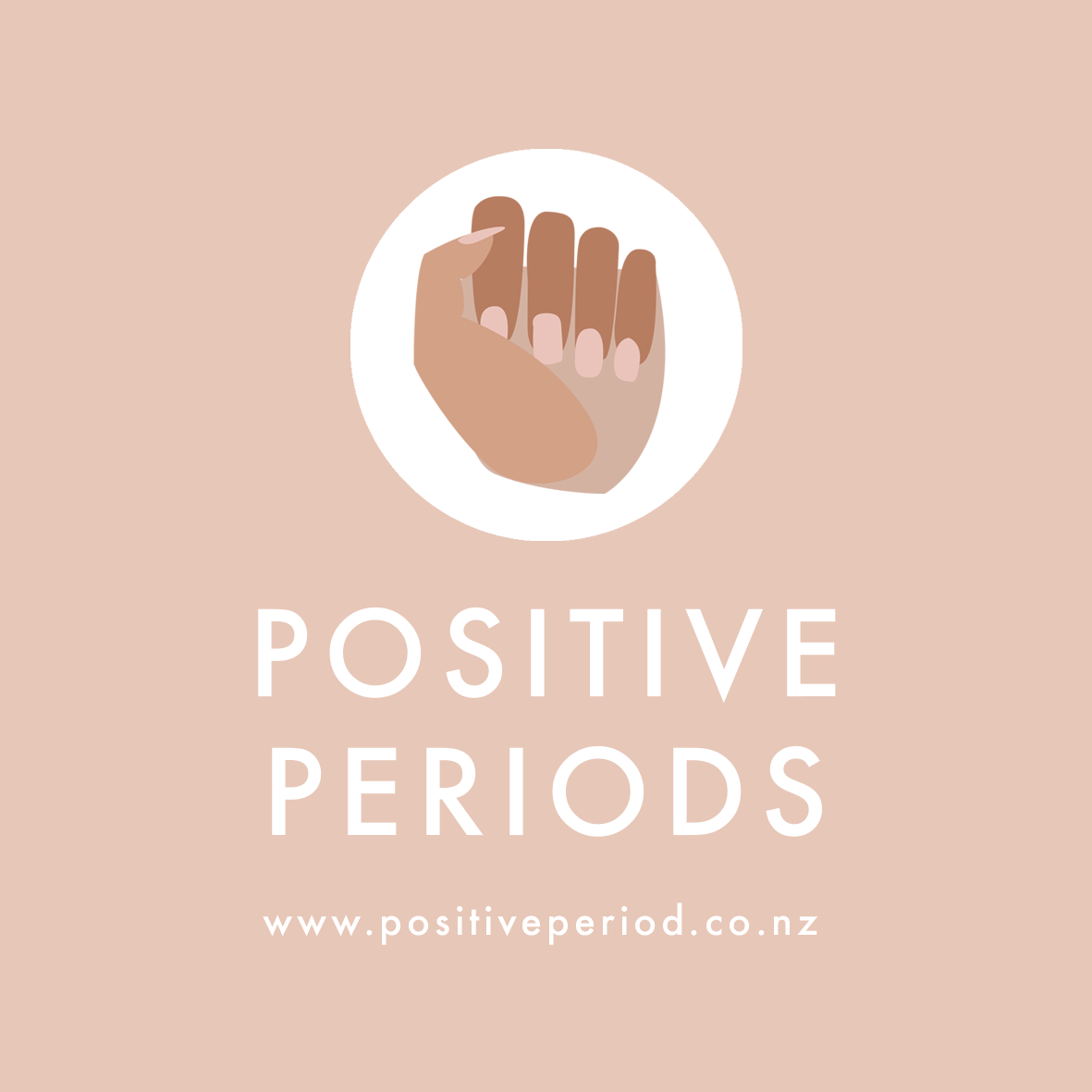
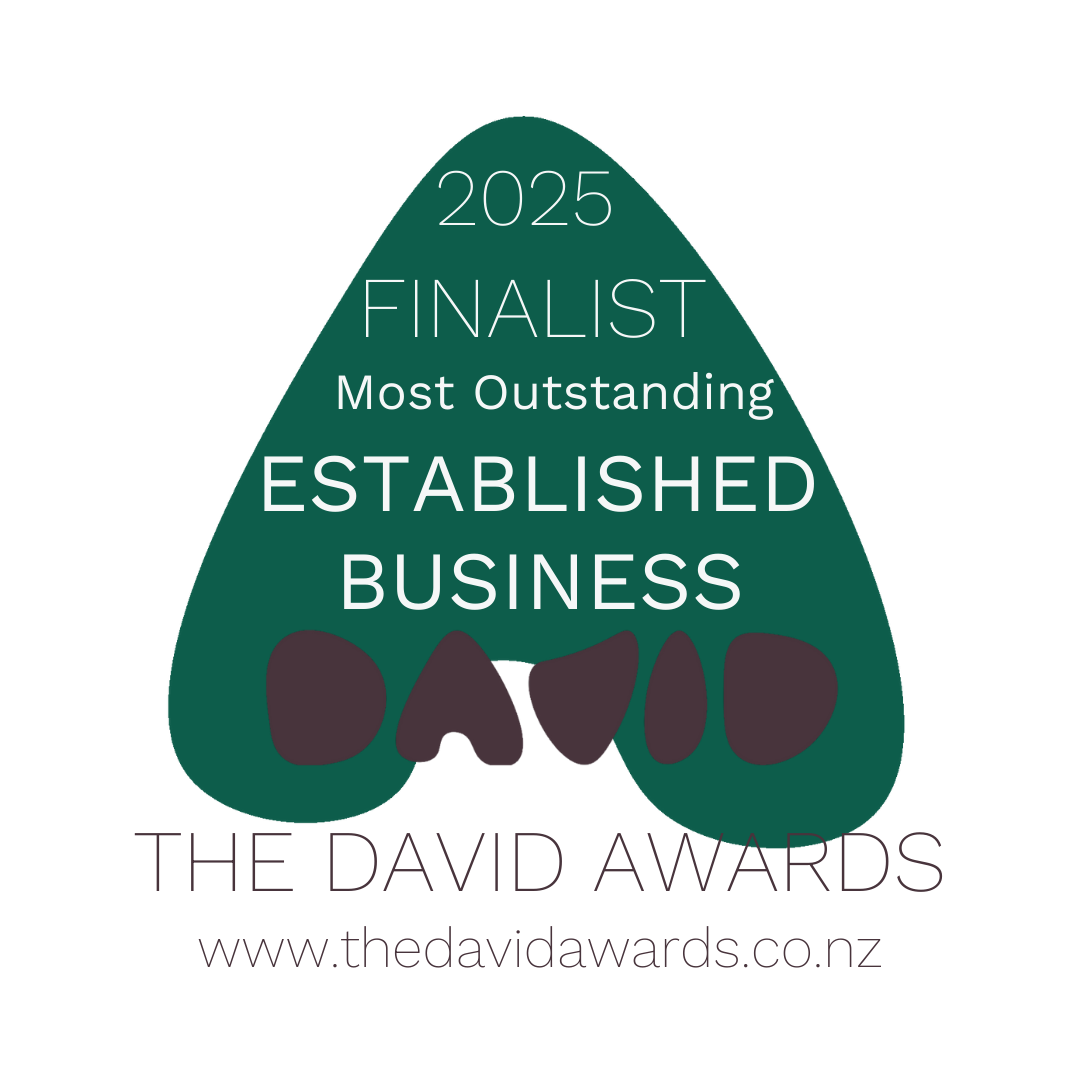

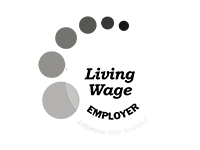


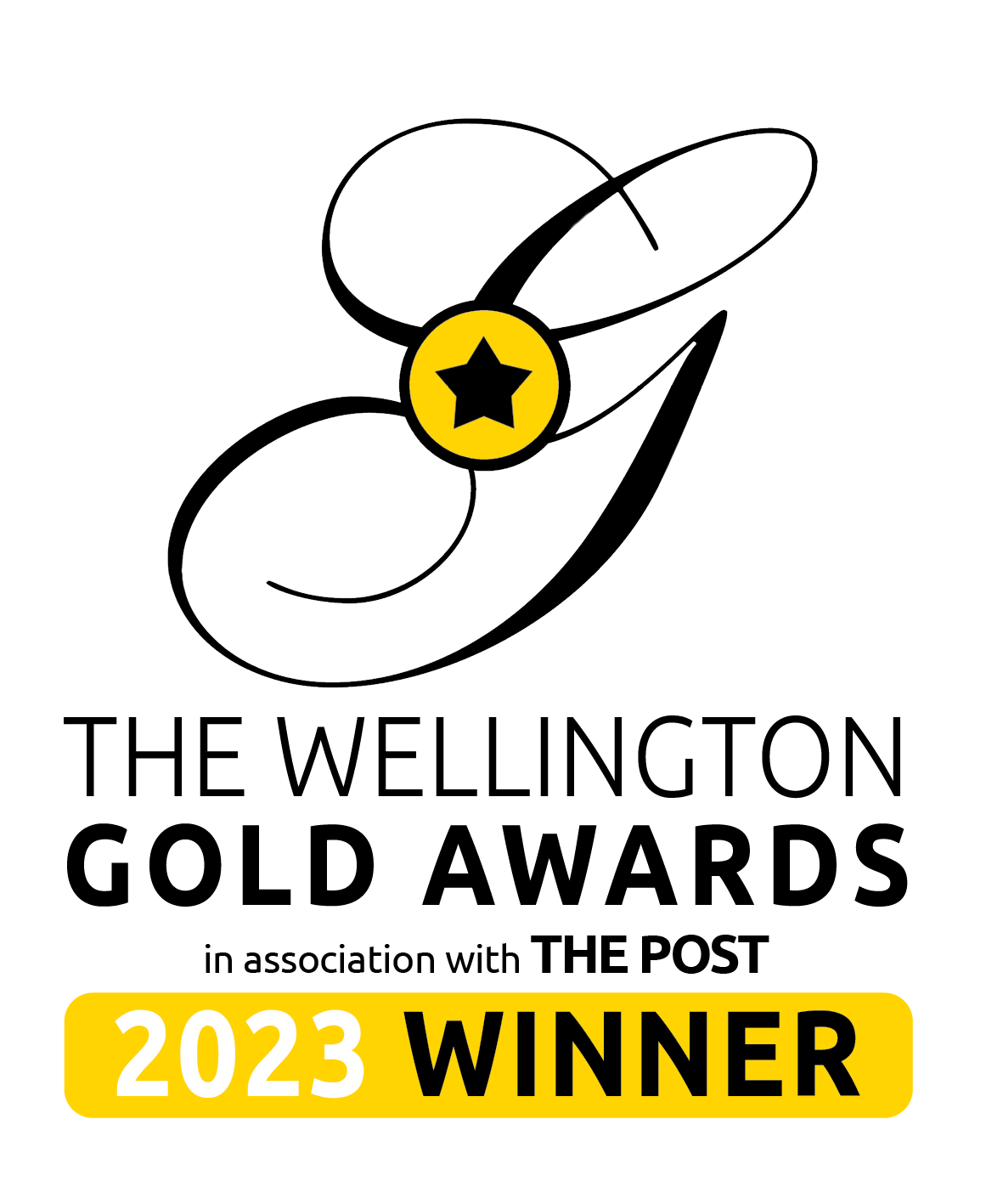
Leave a comment
This site is protected by hCaptcha and the hCaptcha Privacy Policy and Terms of Service apply.